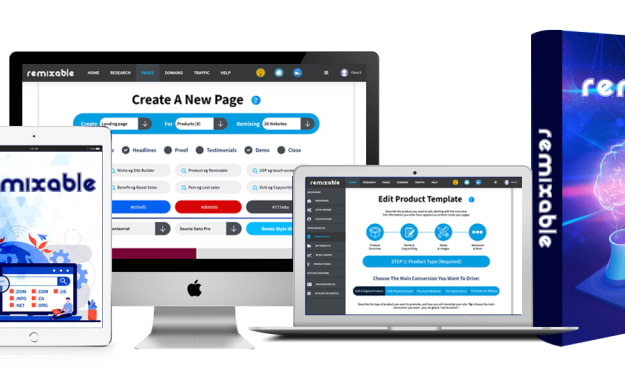What is ChatGPT and how does it work?
This is a quick overview on Chat GPT
ChatGPT, which stands for "Chat Generative Pre-training Transformer," is a large language model developed by OpenAI. It is a variant of the GPT (Generative Pre-training Transformer) model and is trained to generate human-like text based on a given prompt.
The GPT model was first introduced in 2018, and since then, it has been improved and fine-tuned to perform various natural language processing tasks such as text completion, question answering, and conversation generation. The model is trained on a massive amount of data, typically on the internet, to generate human-like text that can be used in various applications.
The architecture of the GPT model is based on the transformer architecture, which was introduced in the paper "Attention is All You Need." The transformer architecture uses attention mechanisms to process the input data, which allows the model to understand the context and meaning of the input text. This is a significant improvement over previous language models that were based on recurrent neural networks (RNNs), which were limited in their ability to understand the context of the input text.
The training process of ChatGPT involves feeding the model a large amount of text data, typically from the internet, and then fine-tuning the model on a specific task. For example, if the model is to be used for text completion, it will be fine-tuned on a dataset of text completions. The model learns to generate text based on the patterns and structures it has seen in the training data.
Once the model is trained, it can be used for various natural language processing tasks. One of the most popular applications of ChatGPT is in generating human-like text for chatbots and virtual assistants. The model can understand the context of a conversation and generate appropriate responses, making the conversation with the chatbot or virtual assistant more natural and human-like.
Another popular application of ChatGPT is in content creation. The model can generate text that is similar to that written by humans, which can be used for various purposes such as creating articles, blog posts, and even books. The model can also be fine-tuned on specific topics to generate text that is more relevant and accurate.
In addition to these applications, ChatGPT and other language models have the potential to be used in other areas such as language translation, automated summarization, and even in industries like finance, healthcare, and education. However, it is important to note that the use of these models should be done ethically and responsibly, as there are potential risks associated with the use of language models, such as the spread of misinformation and the potential for the models to perpetuate biases in their training data.
Another concern with ChatGPT is the bias and errors in the model's generated text. This can happen when the model is trained on biased data, which can lead to the model generating text that is biased or inaccurate. To mitigate this issue, it is important to ensure that the training data is diverse and unbiased, and to fine-tune the model on specific tasks and industries.
The security and privacy of the data used to train the model is also a concern. The model is trained on a massive amount of data, typically from the internet, which can include personal information. To ensure the security and privacy of this data, it is important to use secure and private data sources, and to properly handle and secure the data during the training process.
Finally, it is important to measure the performance and accuracy of ChatGPT. This can be done by evaluating the model on various natural language processing tasks, such as text completion and question answering, and comparing the performance of the model to that of other language models and human-






Comments
There are no comments for this story
Be the first to respond and start the conversation.